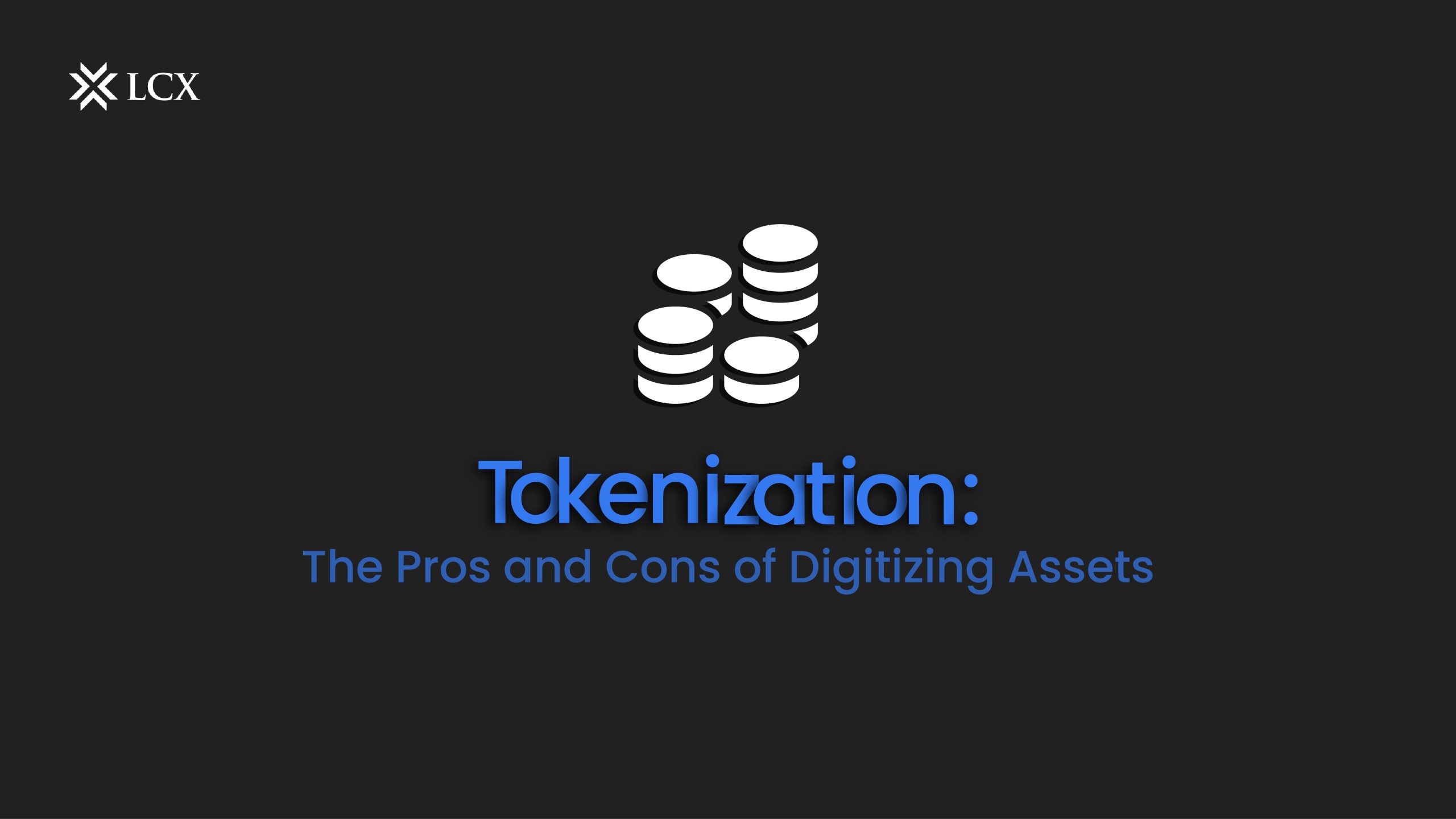Blockchain technology was initially envisioned as the enabler for the existence of cryptocurrency, but now the possibilities of this technology have expanded significantly. One of the many possibilities that blockchain technology enables in the modern digital world is asset tokenization. Asset tokenization means digitizing tangible and intangible assets and converting them into tokens, which are then stored on the blockchain. Once the asset is tokenized and stored on the blockchain, it becomes secure, immutable, and easy to trade either completely or fractionally.
Tokenization 101: Understanding the Benefits and Risks
To examine if the future of digital assets is tokenized or not, it is important to reflect on the advantages and disadvantages of asset tokenization. Here’s a list of advantages:
- Enhanced accessibility and liquidity: Blockchain technology provides a decentralized system, and thus it provides ease of trade to users globally, as they can trade from anywhere. Also, with access to multiple assets that can be converted into tokenized assets in the digital market, users have no dearth of investment choices. Blockchain thus removes numerous barriers to investment and provides greater liquidity. Users can now easily diversify their investment portfolios and access new opportunities.
- Increased transparency: The public blockchain implies transparency by default, as do tokenized assets. All transactions taking place on the blockchain are available to all its participants to access and verify. Users can easily trace the entire history of all actions associated with a particular asset, verify its origin, and see how its ownership has been transferred. With tokenized assets’ enhanced transparency, the risk of fraud is automatically reduced. This can give investors greater confidence in the integrity of the market.
- Reduced transaction costs: The shift towards the tokenization of assets enables better prospects for ownership, and improves the speed of transactions involving real-world assets. In addition to the enhanced safety of transactions, the simplicity and convenience of trade are also amplified. Iterating on the basic precedent of blockchain technology, tokenization helps reduce the need for interacting with intermediaries. Blockchain technology allows the owner of the asset and its buyer to contact each other directly. This significantly reduces the costs that would normally be spent on third-party services.
Blockchain-based tokenization of assets certainly has many advantages; however, it is important to note that tokenization is not without its challenges and risks. Major challenges are:
Lack of security: Tokenized assets have the potential for increased cyber risk at times. Because tokenization relies on complex technology and networked systems, there is a risk that hackers could access and steal digital assets. While blockchain technology is generally considered secure, there have been instances of successful cyber attacks on cryptocurrency exchanges and other blockchain-based systems.
Lack of regulations: Another formidable issue in the adoption of tokenization comes in the form of a lack of regulations. The rules governing the trade of digital tokens are still evolving, and it is unclear how they will be regulated, which creates uncertainty for investors.
LCX Promises Tokenized Asset Innovation With Regulation
LCX has ushered in a new dawn in the tokenized asset marketplace. LCX has received regulatory approval as a Physical Validator according to the Liechtenstein Blockchain Act (TVTG). This makes LCX the first company worldwide to attain this registration. As a Physical Validator, LCX is responsible for maintaining the integrity and security of the tokenized assets on the blockchain. This involves verifying the authenticity of underlying assets and the physical safekeeping of real-world assets to prevent fraud and other malicious activities.
LCX, a regulated crypto exchange platform, has its own tokenized asset called Tiamonds. The Tiamonds project is a platform for tokenized diamonds, and LCX plays a critical role in maintaining the integrity and security of the tokenization process. With the new regulatory approvals in hand, LCX will continue to drive innovation and adoption of tokenized assets in the blockchain industry.
Read more about LCX’s regulatory approval of tokenized assets here!
In Conclusion
Tokenization is already playing a transformative role in asset management, slowly but surely entering numerous markets, democratizing them, and making them safer and more equitable. Asset tokenization is no longer perceived as a temporary phenomenon, with clear indications that the future is tokenized.










